What is the tolerance range of precision screws?
What is the tolerance range of precision screws?
Service Hotline
+86760-8787 8587We have more than ten years of production experience in the screw industry, the main products are: toothed non-slip flange bolts, orthodontic screw caps, black spring washers, black plated 304 screws, knurled cup head hexagon bolts, small hexagon heads Bolts, JISB screws, high-precision U-bolts, step round nuts, carbon steel hexagonal nuts for fasteners, split pins, grounding gaskets, thickened, thickened and widened extra-large steel flat gaskets, T-nuts for children's beds and sofas , Round bolts and other fasteners, due to the different materials and specifications of the products, the prices are also different, if necessary, please contact us.


At present, most of the thread locking structures use an integral nut and a matching external thread screw structure. To remove the nut from the screw rod, it must be completely unscrewed along the screw rod, which is time-consuming and labor-intensive. It is more inconvenient to install.
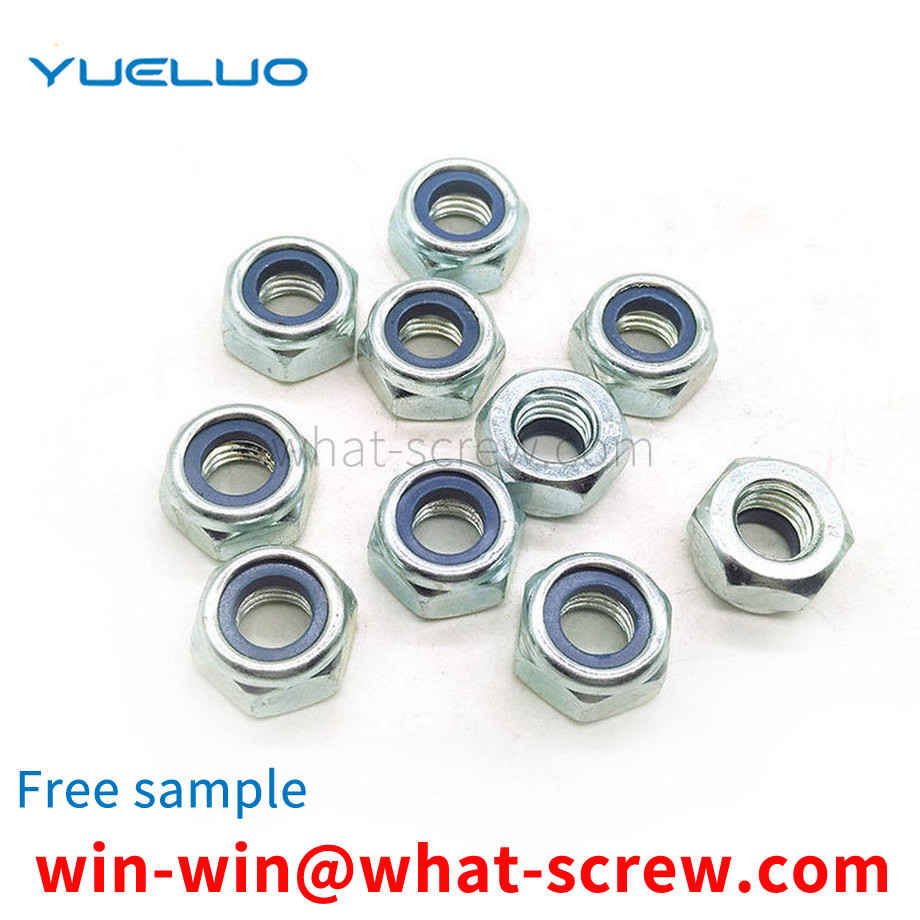
At present, in the process of injection molding, stamping, testing, etc., the product is usually positioned on the mounting plate or the positioning plate by pins. The general pin positioning method uses cylindrical pins with the same cross-sectional diameter for positioning. Because the product is easily deformed during processing, the pin positioning hole on the product is also deformed. With this kind of pin for positioning, the pin is often stuck. Dead products cause inconvenience in handling the workpiece, resulting in broken pins or scratched or even damaged products, with obvious defects.
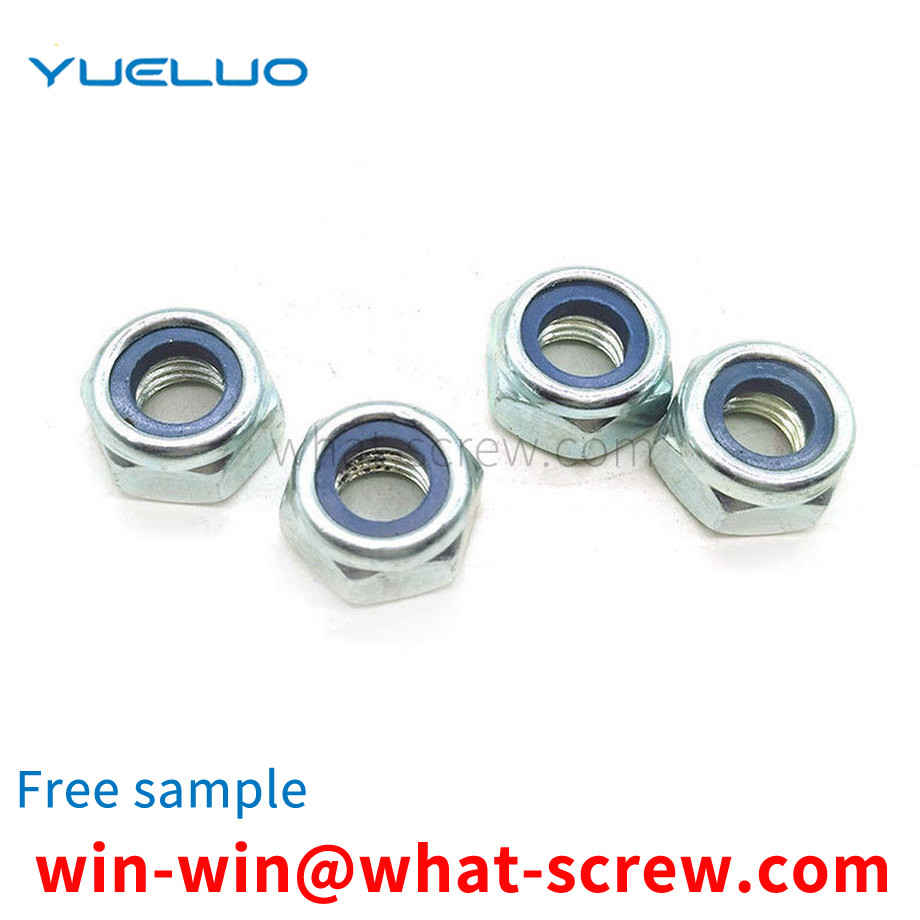
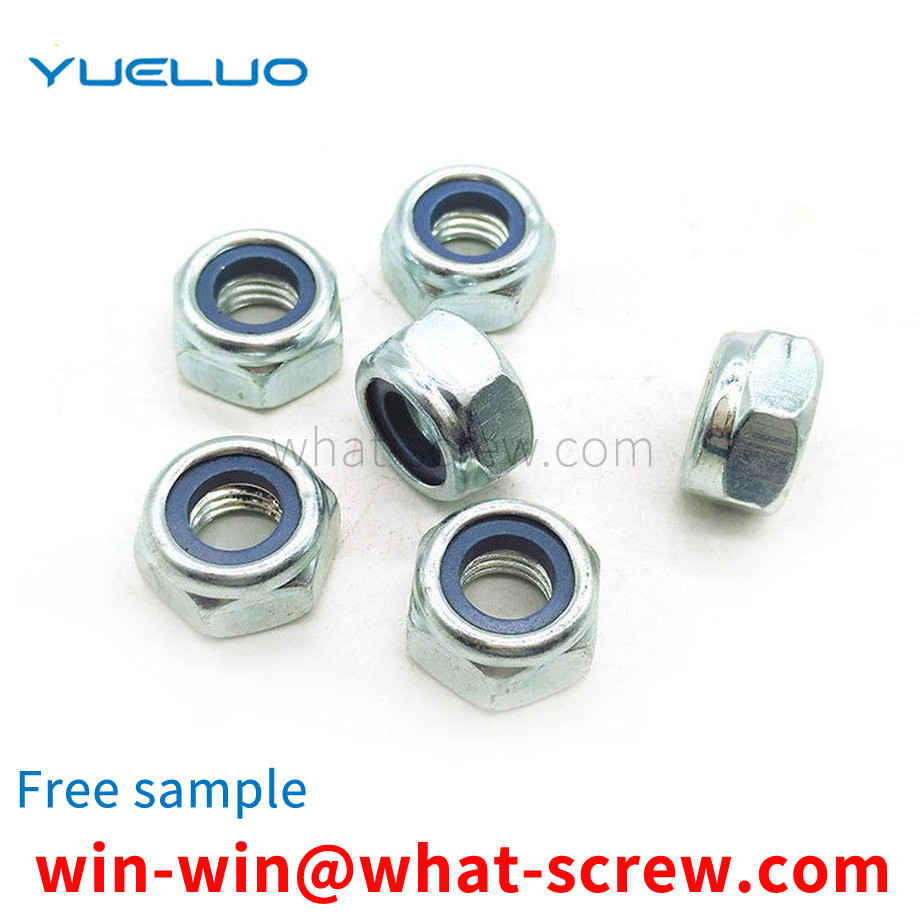
However, although the existing screw can meet the function of connecting and tightening objects, its structure includes a head and a threaded rod connected with the head. Since it only has one threaded rod, it does not have a two-way connection function and cannot be satisfied with the Some special use requirements bring inconvenience to use.
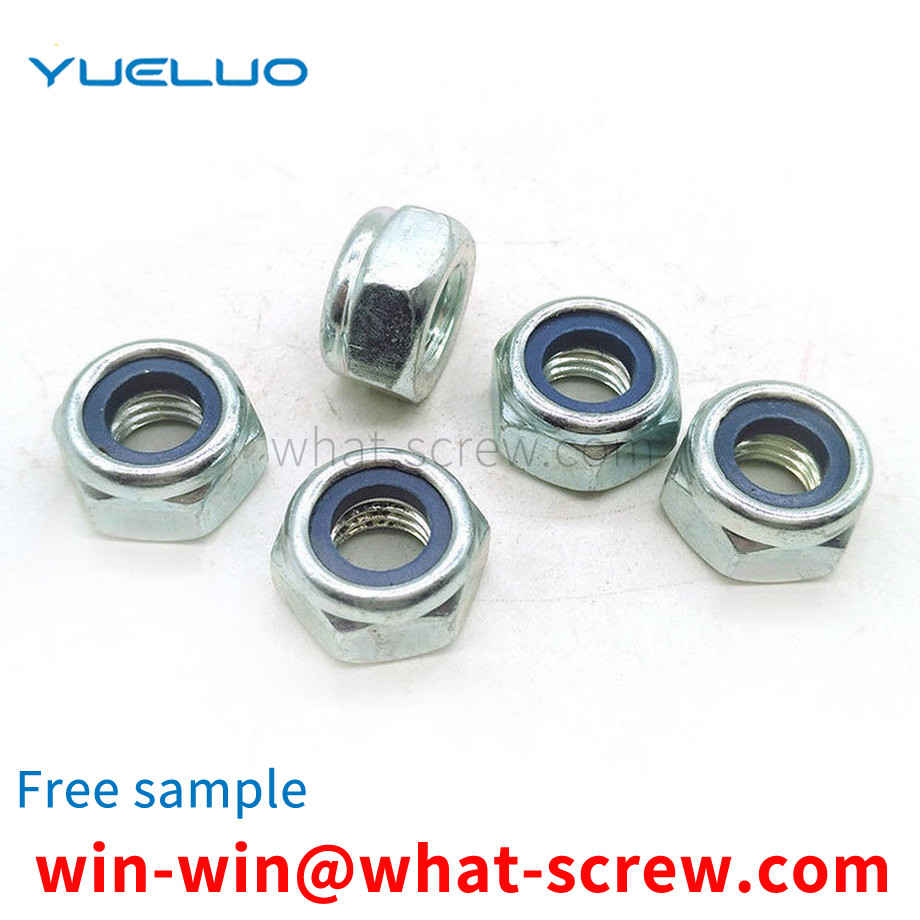
In order to tighten the fastener, the holding element of the tightening tool can hold the washer in engagement with the bolt to prevent the washer from rotating while allowing the rotating element of the tightening tool to rotate the nut. Such tools are disclosed, for example, in Application Serial Nos. 0/010377 and 10/120343. In this structure, since the same size washer cannot be arranged on the driving part and the fixing part, the driving part is made into the inner socket of the nut, and the fixing part is made into the outer socket of the washer, so , regular hexagonal nuts cannot be used. This is because, when just tightening the nut, the outer cavity cannot be removed since the hexagonal surface of the nut will not align with the hexagonal surface of the washer. Due to the larger diameter of the fastener formed as the outer cavity, side clearance problems may arise, thus increasing the cross-sectional profile of the hexagonal surface of the washer, which is undesirable.
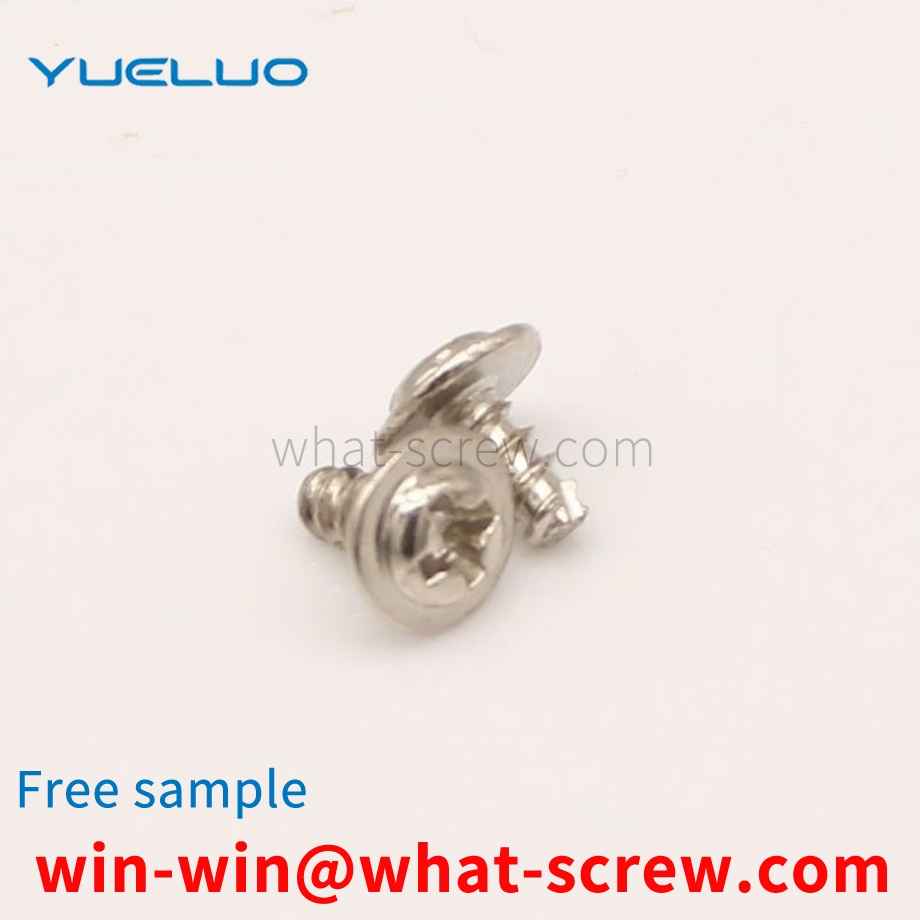
The above content is uploaded by Yueluo or the Internet. If there is any copyright issue, please contact [email protected].

What is the tolerance range of precision screws?

How to choose the right stainless steel screw manufacturer?

Why is there an R angle under the head of the hexagon head s...

We have more than ten years of experience in screw industry ...

We have more than ten years of experience in screw industry ...

We have more than ten years of experience in screw industry ...

We have more than ten years of production experience in the ...